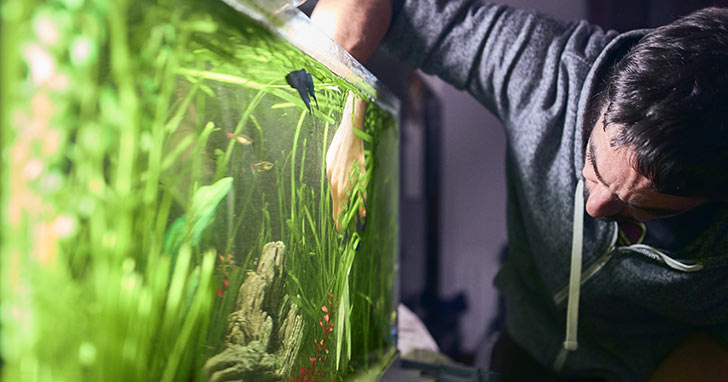
Control Algae by Controlling PhosphateI have problem algae in my aquarium
The single most annoying problem in your aquarium is likely the ongoing battle against algae. Left unchecked, it can cover the glass - in colors ranging from black to bright green - making viewing your beautiful inhabitants impossible. It can also quickly cover the decorations, diminishing the appeal of the entire environment. Some algae are easy to remove. All you need to do is scrub. To help keep water clean, use of a premium grade carbon will help reduce dissolved organics and slow the return of algae. However, if certain types of hair algae appear in your aquarium you may have a persistent problem that requires tougher measures. Does tap water contain algae?
If you want to avoid algae problems, it is a good practice to test your tap water before changes. Likewise, if you already have an algae problem, your first step should be to test your tap water. If the test results show significant levels of phosphates or other algae inducing elements, your battle against algae will be futile until they are reduced. How does phosphate enter my aquarium?
Most phosphate comes from three sources: tap water, fish food, and carbon. In the case of city water, the municipality may actually be adding it to protect its pipes. In well water, phosphate often comes from the leaching of lawn and garden fertilizers. How do I manage phosphate levels in my aquarium water?
To avoid unwanted phosphate levels, make sure no uneaten food is allowed to remain in the aquarium. To reduce or eliminate phosphate already present, commercial phosphate removers can be effective. Of course, an excellent way to start is by using water purified through reverse osmosis (RO), and then using it for regular water changes. The right choice of filter media can also make a big difference in phosphate levels :
Related Articles
|
|
|




